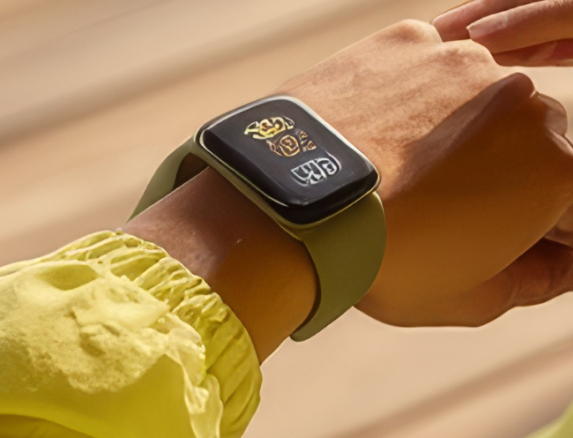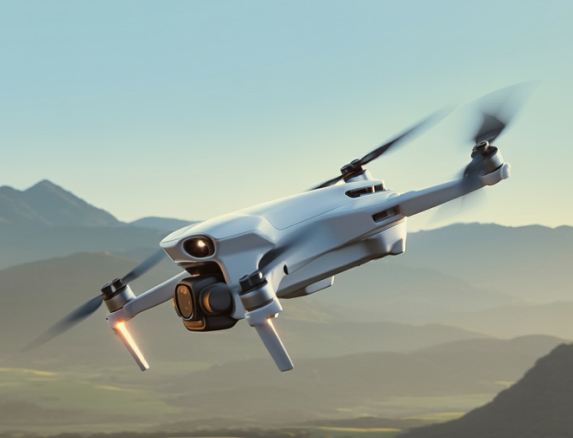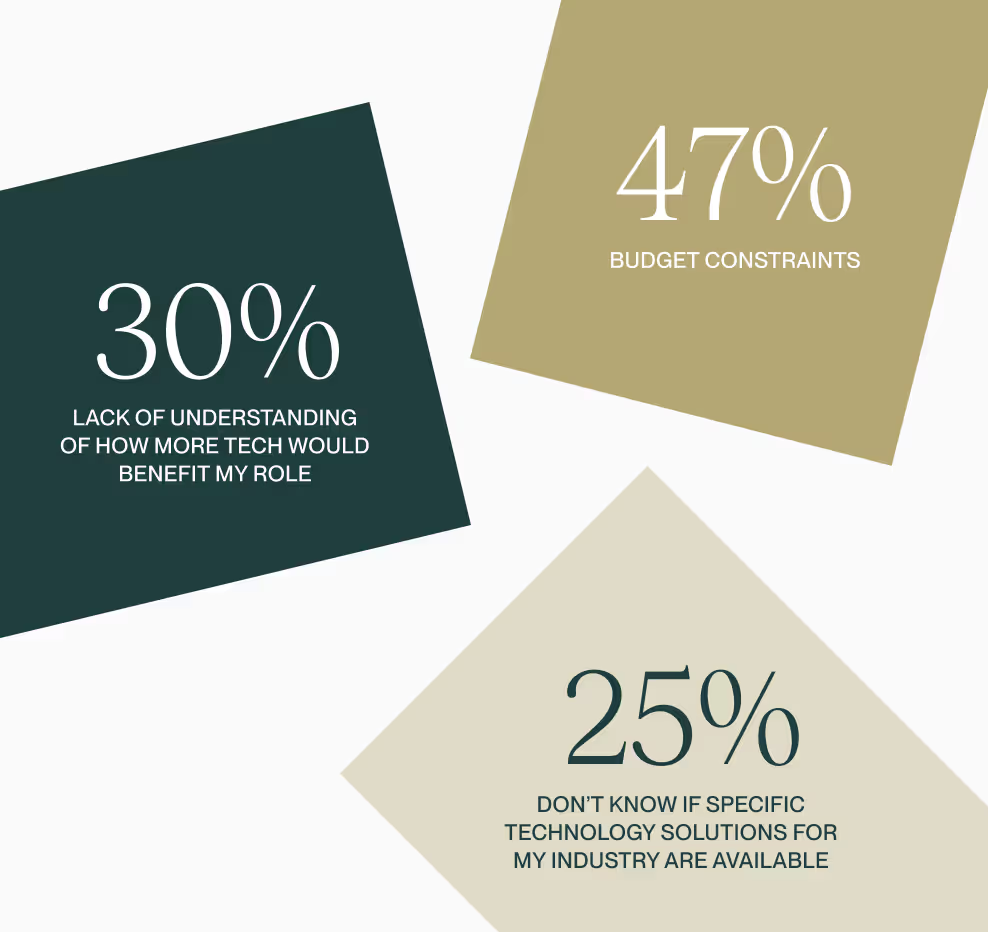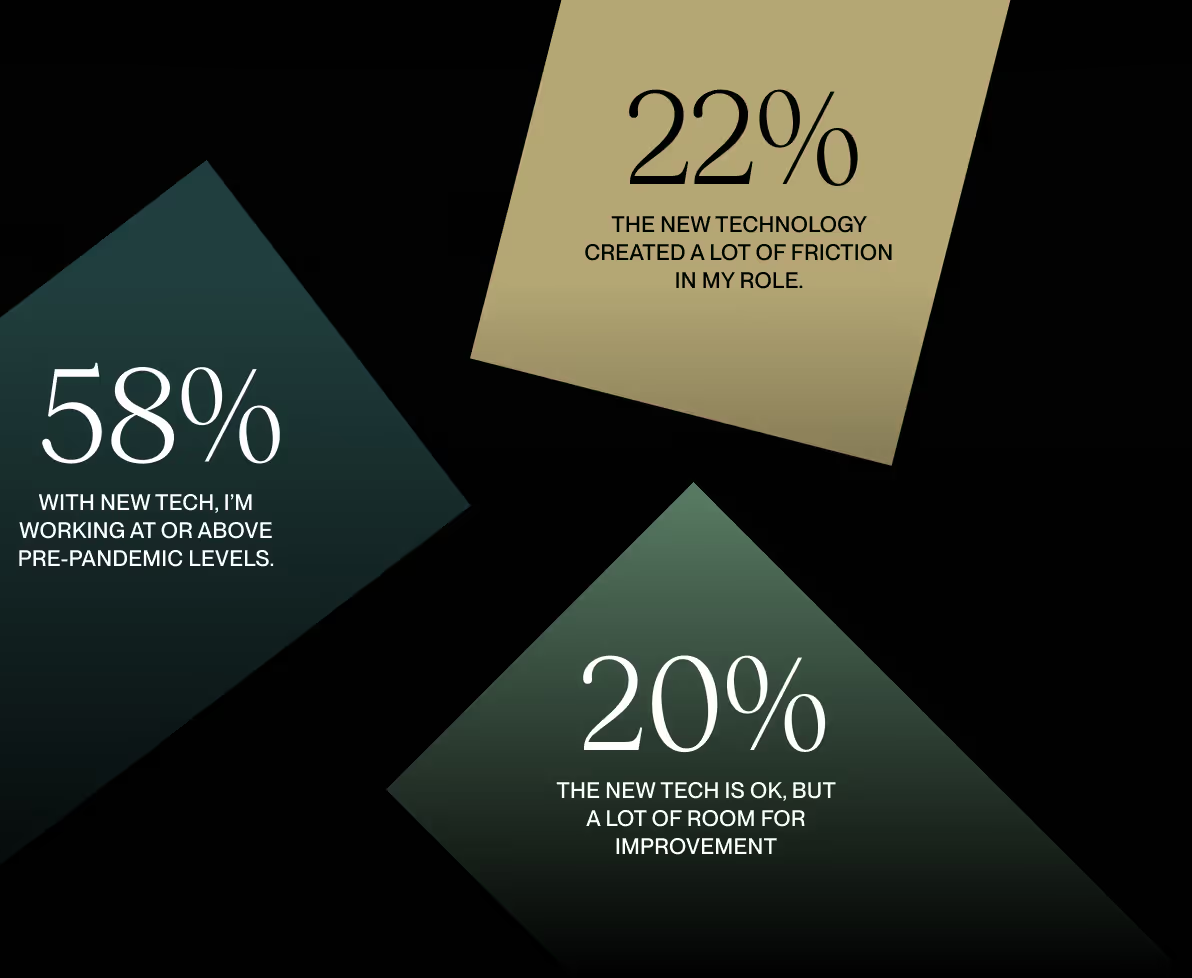The State of Technology
for Deskless Workers
For the 80% of the global workforce that does not work behind a desk, technology is increasingly being valued for boosting productivity and improving job satisfaction. Yet, the availability of appropriately-suited technologies continue to under-serve this forgotten workforce.
Approximately 80% of the global workforce is considered “deskless.” At Emergence, we use the term “Deskless Workforce” in reference to the 2.7 billion employees around the world that are not desk-bound for the majority of their role.
This workforce makes up a large percentage of many of the important and essentialindustries that keep our economy running, from healthcare, agriculture, construction and retail to manufacturing, telecommunications and transportation. Despite the proliferation of mobile devices and incredible innovation of applications across Silicon Valley, for many decades these traditionally “deskless” industries have continued to be underserved by clunky legacy software that was not purpose-built for the unique needs of these workers.
Our firm sees this as a massive opportunity and we have been focused on supporting the entrepreneurs who are building companies and creating transformative solutions to address the Deskless Workforce’s unique needs.
In a 2018 survey of IT decision makers across these top industries, we reported that 82% of respondents planned to increase spending on deskless technology. This year, we wanted to gain a better understanding of the end users—the deskless workers themselves—to learn more about how the technology has been received and better understand their perspective; what types of technologies are being provided by employers, impact on their job and the importance of technology when considering a new role.
I. Reliance on Technology
Despite being deskless, these workers are becoming increasingly reliant on technology to perform their jobs.
II. Embracing Technology
And they are embracing it.
Deskless Workers understand the value it brings
to their jobs and they want more of it.
III. Devices
Employers are still primarily providing desk-bound devices, but mobile devices not far behind.

83%
DESKTOP OR LAPTOP

57%
SMARTPHONE OR TABLET

5%
smartwatches

2%
drone
Despite working away from a traditional office environment, 83% of deskless workers are assigned desktop PCs and laptops by their employers.
However, in a sign of progress, more than 57% were provided a mobile device; 33% smartphones and 24% have been given tablets. And many of which are provided in addition to their desk-bound device as a more appropriate alternative for their work on the go.
Wearables and drones fall far behind; only 5.2% were provided a smartwatch, whereas a small sliver, 2.4% were given a drone to use on the job.
Most surprisely is the fact that 14% of respondents reported that their employer has not provided them with any device.
IV. Dissatisfaction
Deskless Workers feel the negative impact of being the Forgotten Workforce.
V. Top Frustrations
Slow speeds, inefficiencies and broken communication are the top frustrations, both pointing to outdated, clunky software.
VI. Barriers
Most employees believe budget is the primary barrier to adopting more technology.
VII. Mind the Gap
The frustrated Deskless Workers are filling thetechnology gap themselves.
VIII. Pandemic
While planning to deploy the survey, COVID-19 became a global pandemic. Many of the deskless industries have been severely impacted, and in order to continue to operate, employers had to adhere to strict ordinances set by local and national governments.
While traditional desk-bound industries made relatively quick transitions to work from home, we revised the following portion of our survey to better understand the role technology has played across the Deskless Workforce during the pandemic.
The pandemic is accelerating digital transformation, but deskless industries are struggling to keep up.
IX. Benefits
While a large population was not provided withadditional technology, the small percentage thatwas reaped the benefits.
X. Post-Pandemic
Once employees have tech that improves their jobs, they don’t want to give it up.
In support for better technology for Deskless Workers
Deskless employees care about their jobs and want access to the latest technologies to help them do their jobs better and more efficiently. They believe the greatest opportunities are in the areas of communications, operations and logistics, onboarding and training and productivity and work-life balance. Software that accomplishes these tasks will be in high demand—both from employees seeking to use it and from the employers seeking to purchase it.
What’s been holding back progress in the development of technology for the deskless workforce is a general lack of understanding and empathy for how this workforce operates. The best deskless technology will be built by entrepreneurs who have been in these roles and who have experienced the needs and pains themselves. We remain bullish on this market and the opportunity to meaningfully improve the lives of deskless workers everywhere.
Our firm sees this as a massive opportunity for entrepreneurs to build transformative software and a call to action for investors to support their mission. If you are interested to learn more about how Emergence supports the Deskless Workforce, please email desklessworkforce@emcap.com.


